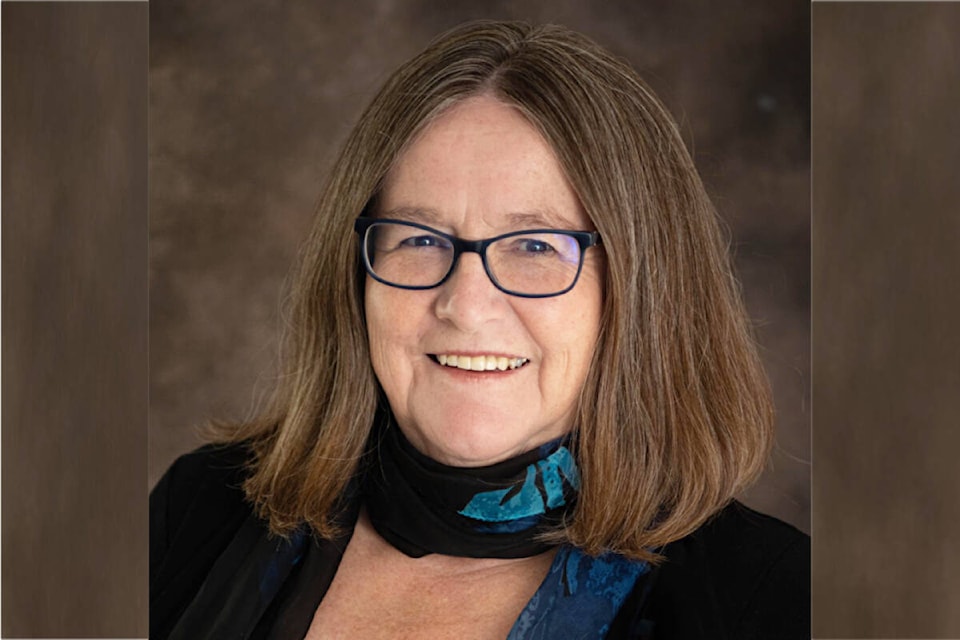There will be races in two local Thompson-Nicola Regional District electoral areas in the upcoming local elections: Area “E” (Bonaparte Plateau, which includes 70 Mile and Loon Lake) and Area “I” (Blue Sky Country, which includes 16 Mile, Walhachin, Thompson River Estates, and Spences Bridge).
Sally Watson is one of two candidates in TNRD Area “E”.
1. Tell us a bit about yourself (i.e. background, previous experience in local government): I have lived in Area “E” since 1986, have served as the TNRD Director for Area “E” since 2002, and serve on the Northern Development Initiative Trust board and the Regional Advisory Committee. As the EA Director I have a seat at the Friends of Historic Hat Creek Ranch and am currently Chair of the Gold Country Communities Society. I have received an extensive education on governance and leadership through the Local Government Leadership Academy and have attended the Union of BC Municipalities and Southern Interior Local Government Association conferences annually.
2. What do you see as the number one issue facing your electoral area, and how would you tackle it? The current issue for most of Area “E” is fire protection. There have been many serious stumbling blocks trying to build a new fire hall at Loon Lake. 70 Mile House VFD will have severe difficulties continuing to serve their community without help from the TNRD, and South Green Lake VFD is concerned about the proposed feasibility study regarding the partnership with 70 Mile House VFD.
Along with fire protection is the implementation of the FireSmart program, which works best if a community works together. One of the biggest problems with that is absentee landowners, and how we get those properties cleaned up to make FireSmart work.
3. What do you see as the number one issue facing the TNRD as a whole, and how would you tackle it? The TNRD has made many positive changes and is ready to move forward with the knowledge that although mistakes were made, we can become a board that makes good, transparent decisions that work best for the entire population of the region. The TNRD is a very large and diverse regional district with 26 seats at the table. I think it is time to talk about splitting it into two districts. This will need research and discussion, but it is one answer to many of the problems. None of this will happen soon, but let’s open our minds to change.
4. What would you bring to the table as an electoral area director for the TNRD that would benefit your constituents, and/or the TNRD as a whole? For years, solid waste management has been the biggest expense in the TNRD budget. Although we are working well with Recycle BC, I know that we are hauling bins down the highway filled mostly with air.
I would like the TNRD to become a leader in compressing our different varieties of plastic to be able to ship them efficiently and re-use them effectively. This may require more staff and equipment at transfer stations, but if our aim is to reduce our carbon footprint, we need to work efficiently as a region to make this happen.
General voting day is Saturday, Oct. 15, with an advance voting day on Wednesday, Oct. 5. For more information about where electoral area residents can vote, go to https://www.tnrd.ca/elections-2022/.
editorial@accjournal.ca
Like us on Facebook and follow us on Twitter
